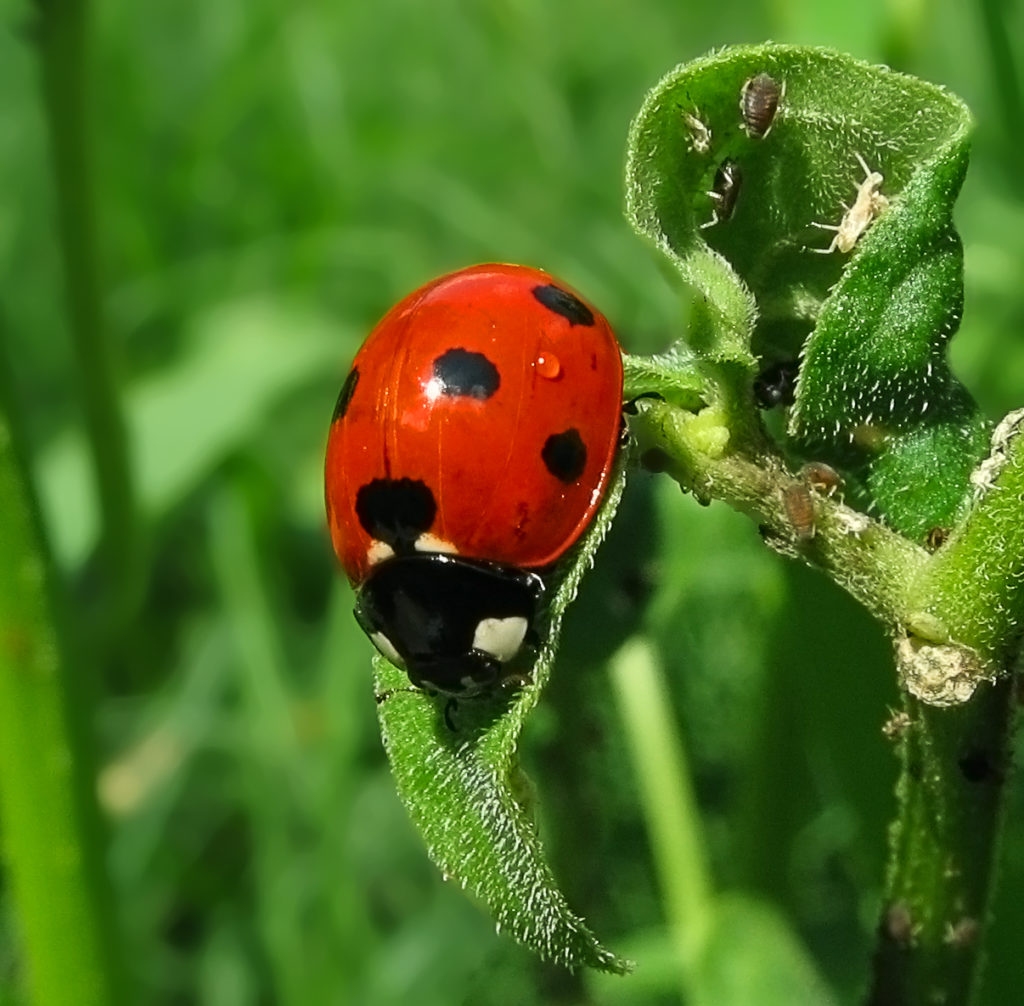
Unidentified Bothrocalvia sp - Thong Pha Phum NP. You can manage these cookies in your browser. Coccinella transversalis - Phuket, Coccinella transversalis - Kaeng Krachan, Coccinella transversalis. You can change your choices at any time by clicking on the "Cookie Management" link. This banner will be displayed as long as you have not made a choice, even if you are browsing on another page of the site. When you start browsing an eZpublish site, the appearance of the "cookies" banner allows you to accept or refuse all the cookies we use. These third parties will collect and use your browsing data for their own purposes.
view videos and animated presentations directly on our website. improve usability and facilitate the sharing of content on social networks. This site relies on certain services provided by third parties which allow : Third party cookies to improve the interactivity of the site (tribus Scymnini) Kumbang koksi mempersiapkan untuk terbang Kumbang koksi memakan serangga lain Kumbang koksi mengembangbiakkan di atas daun Stadium kepompong. The cookie does not allow the user's navigation on other sites to be tracked. Kumbang koksi dengan 22 bintik (Psyllobora vigintiduopunctata). The deposited cookie is only used to produce anonymous statistics. The data collected are not cross-checked with other processing operations. However, you can refuse the deposit of these cookies via the cookie management panel. This tool is thus exempt from the collection of the Internet user's consent with regard to the deposit of analytics cookies. The French data protection authority (CNIL) has granted an exemption to AT Internet's Web Analytics cookie. Identify the numbers (unique identifiers of a site) seen by the visitor and store the visitor's identifiers.Ībout the AT Internet audience measurement tool :ĪT Internet's audience measurement tool Analytics is deployed on this site in order to obtain information on visitors' navigation and to improve its use. Store the anonymous ID of the visitor who starts the first time he visits the site Trace the visitor's route in order to establish visit statistics. You can technically block them using your browser settings but your experience on the site may be degraded.įurthermore, you have the possibility of opposing the use of audience measurement tracers strictly necessary for the functioning and current administration of the website in the cookie management window accessible via the link located in the footer of the site. These cookies allow the main services of the site to function optimally. Learn more about cookies and how they work The different types of cookies used on this siteĬookies strictly necessary for the site to function Cookies deposited by third party sites to improve the interactivity of the site, to collect statistics. Cookies strictly necessary for the proper functioning of the site. Your web browser will store it for a period of time, and send it back to the web server each time you log on again.ĭifferent types of cookies are placed on the sites: Perez:Ĭoccinella algerica Kovář, 1977: A New Species to the Fauna of Mainland Europe, and a Key to the Coccinella Linnaeus, 1758 of Iberia, the Maghreb and the Canary Islands (Coleoptera, Coccinellidae), Boletín Sociedad Entomológica Aragonesa, no 39 (2006):323−327.A "cookie" is a piece of information, usually small and identified by a name, which may be sent to your browser by a website you are visiting. (ed.) (2013) Fauna Europaea version 2.6.2 Web Service available online at The species forms up to 3 generations per year. 
The species was found on host plants from more than 20 families.Ĭoccinella algerica is polyvoltin. The larvae and adult beetles feed on aphids (Aphidoidea). The curvature of the elytra is less pronounced.īiology: Coccinella algerica is a predator.

Coccinella algerica should be on average slightly smaller than Coccinella septempunctata and usually has larger black spots on the elytra. These species do not occur in the Canary Islands. Scanning electron microscope image showing the head of a black spotted ladybird (x 9 on a standard 9 cm wide print). Similar species are Coccinella septempunctata and Coccinella magnifica. There are 2 small white spots at the inner edges of the eyes and larger white spots on the anterior corners of the pronotum. Head, pronotum and legs are mostly black. In the herb layer, on trees and bushes in places where aphids can be found.ĭescription: Coccinella algerica has red elytra with 7 black spots. Distribution:Ĭanary Islands, Italian Islands (Sicily, Lampedusa, Linosa, Pantelleria), Northwest Africa (Maghreb), Iberian Peninsula.

ES, Fuerteventura, Costa Calma 13:21:20Ĭlassification: Coccinella algerica belongs to the subfamily Coccinellinae, tribe Coccinellini.







 0 kommentar(er)
0 kommentar(er)
